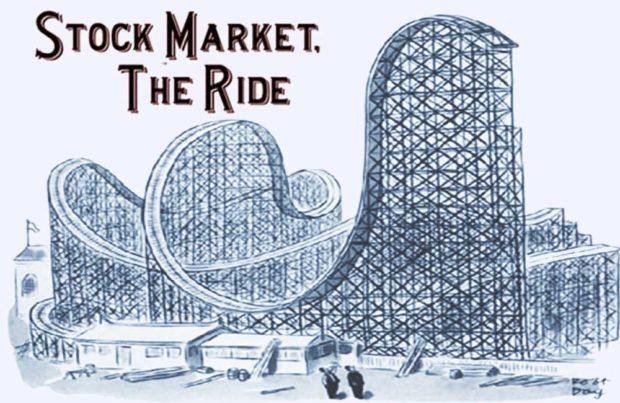“Past Is Not Prologue” But Over The Long-Run, We’re All Skeptical
The last 20 years have been the toughest stretch for US stocks since the Great Depression into World War II. The next 5 years will either confirm investors’ worst fears that stocks are no longer “for the long term” or begin to re-instill confidence in the asset class.
The fulcrum issue: avoiding a +10% annual drawdown any time between now and the end of 2023.

Over the last 20 years US equity investors have seen the worst aggregate returns since the period that includes the Great Depression and World War II. We’ve covered this topic a few times before, but here is a quick reprise:
- The compounded annual growth rate (CAGR) for the S&P 500 from 1999 – 2018 is 5.6% on a total return basis. (Data courtesy of NYU professor Aswath Damodaran.)
- That is the lowest 20-year trailing return since the period ending 1950, which had a 3.7% CAGR.
- Adjusting for CPI inflation, 20-year trailing returns ending 2018 are 3.0%. The last time inflation-adjusted returns were lower than that was 1998, thanks primarily to the double-digit inflation of the 1970s.
In our view, the fact that 20-year S&P real returns are at +60 year lows explains more about the current market environment than any other single statistic. Capital moves to passive, low fee investment products when returns are this low, because every basis point of expenses matters. Rate-of-return-targeting capital (i.e. pension and sovereign wealth funds) shifts to riskier asset classes like venture capital and private equity in an attempt to juice portfolio returns. Everything from the dramatic growth of ETFs to SoftBank’s $100 billion VC fund ties right back to that paltry 5.6% long run return on the S&P 500.
…click on the above link to read the rest of the article…